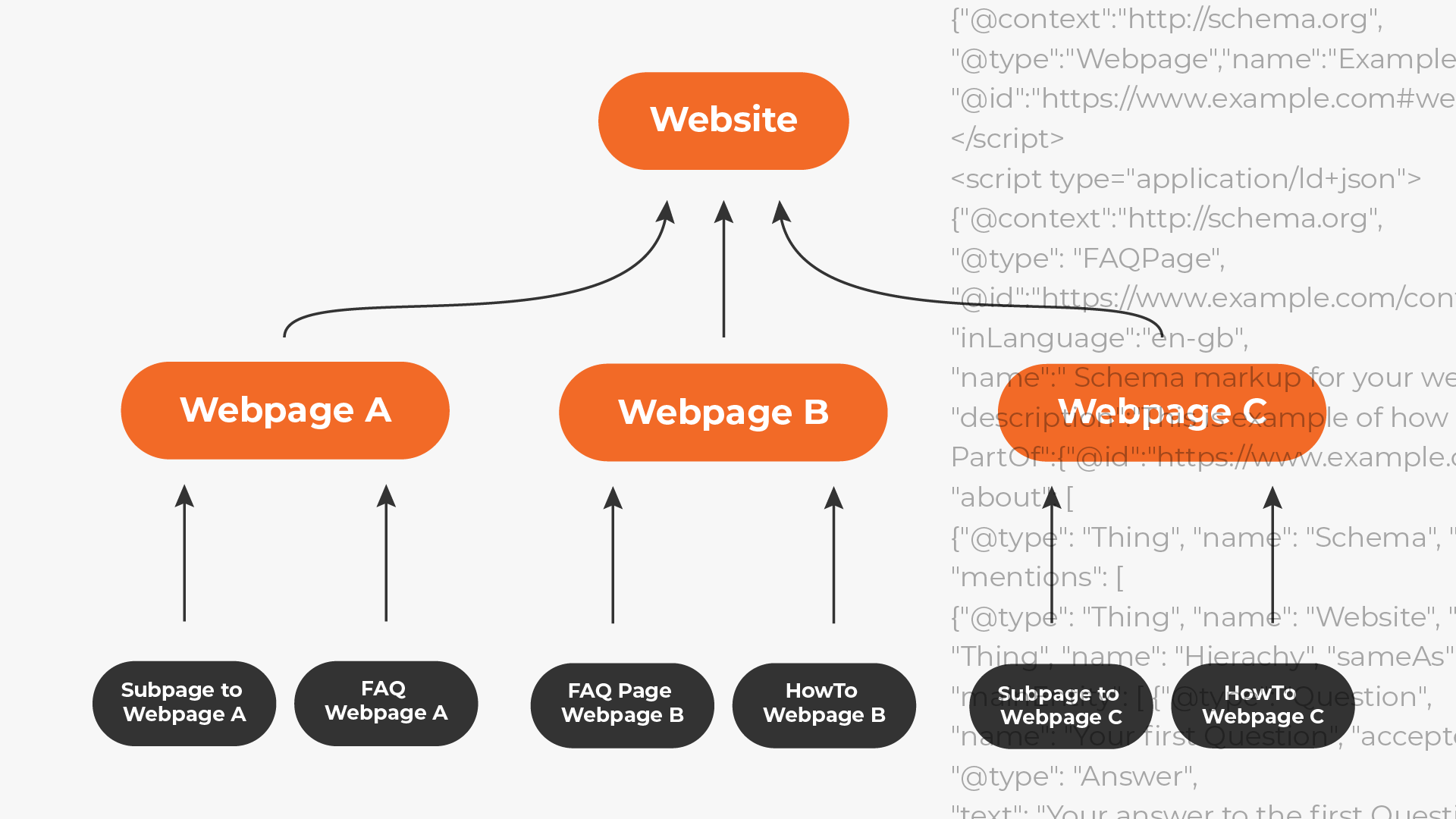In the ever-evolving landscape of search engine optimization (SEO), staying ahead of the curve requires more than just quality content and backlinks. One of the most effective, yet often overlooked, tools in the SEO arsenal is schema markup. This form of microdata helps search engines understand your content better and display it more effectively in search results.
What is Schema Markup?

Also known as structured data, it is a form of microdata you can add to your website’s HTML. It provides search engines with additional information about your content in a structured format. This extra information helps search engines interpret the context of your pages more accurately, leading to enhanced search results.
How It Works:
- Integration into HTML: Schema markup is added directly to your web page’s HTML, embedding metadata about the content.
- Improved Search Engine Understanding: Search engines like Google, Bing, and Yahoo use this data to understand the context and intent of the content.
- Enhanced Search Results: The use of schema markup can result in rich snippets, which are more informative and visually appealing search results.
Benefits of Schema Markup
Implementing it can offer several significant benefits for your SEO strategy:
- Improved Search Visibility: Schema markup can enhance your site’s visibility in search engine results pages (SERPs). Rich snippets, such as star ratings, images, and additional information, make your listing stand out, potentially leading to higher click-through rates (CTR).
- Better Click-Through Rates: Enhanced search results with rich snippets attract more attention from users. These snippets provide more information at a glance, making users more likely to click on your link over others.
- Enhanced User Experience: Providing additional information through rich snippets improves the user experience by helping users quickly find the exact information they need. This can lead to lower bounce rates and higher engagement on your site.

Types of Schema Markup
You can use numerous types, each serving a different purpose. Here are some of the most commonly used types:
- Article Schema: Used for news articles, blog posts, and other written content. It helps search engines understand the title, author, publication date, and more.
- Product Schema: Ideal for e-commerce sites, this schema provides information about products, including price, availability, and reviews.
- Local Business Schema: This tool helps local businesses provide detailed information about their location, hours of operation, and contact details.
- Event Schema: This schema includes details such as event date, location, ticket availability, and more, and it is used for events.
- Recipe Schema: This schema provides information about recipes, including ingredients, cooking time, and nutritional information, perfect for food bloggers and culinary websites.
How to Implement
Implementing it involves adding specific HTML tags to your website’s code. Here’s a basic guide to get you started:
Steps:
- Identify Relevant Schema Types: Determine which schema types are most relevant to your content.
- Use Schema.org: Refer to Schema.org for a comprehensive list of schema types and their properties.
- Add Schema Markup to HTML: Embed the relevant schema markup into your webpage’s HTML.
- Test with Google’s Structured Data Testing Tool: Use this tool to ensure your schema markup is correctly implemented and error-free.
- Monitor Performance: Check your search results and CTR to measure the impact of your schema markup.
Examples
Example 1: Article Schema
“`html
<script type=”application/ld+json”>
{
“@context”: “http://schema.org”,
“@type”: “NewsArticle”,
“headline”: “The Importance of SEO for a website”,
“datePublished”: “2024-05-15”,
“author”: {
“@type”: “Person”,
“name”: “John Doe”
},
“publisher”: {
“@type”: “Organization”,
“name”: “SEO Insights”,
“logo”: {
“@type”: “ImageObject”,
“url”: “https://www.example.com/logo.jpg”
}
}
}
</script>
“`
Example 2: Product Schema
“`html
<script type=”application/ld+json”>
{
“@context”: “http://schema.org”,
“@type”: “Product”,
“name”: “Wireless Bluetooth Headphones”,
“image”: “https://www.example.com/headphones.jpg”,
“description”: “High-quality wireless Bluetooth headphones with noise cancellation.”,
“offers”: {
“@type”: “Offer”,
“priceCurrency”: “USD”,
“price”: “99.99”,
“availability”: “http://schema.org/InStock”
},
“aggregateRating”: {
“@type”: “AggregateRating”,
“ratingValue”: “4.5”,
“reviewCount”: “24”
}
}
</script>
“`
Schema markup is a potent tool that can significantly augment your SEO endeavors. By furnishing search engines with structured data regarding your content, you enhance their comprehension of your site. Consequently, this results in improved search visibility and more informative search results. Moreover, implementing it can elevate click-through rates, enhance user experience, and confer a competitive advantage in search engine rankings.
References
- “The Beginner’s Guide to Structured Data for SEO,” Moz.
- “Schema Markup: The Essential Guide for Beginners,” SEMrush.
- “How to Use Schema Markup to Improve Your SEO,” Search Engine Journal.
By understanding and utilizing schema markup, you can ensure your website is optimized for both search engines and users, paving the way for more tremendous online success.







